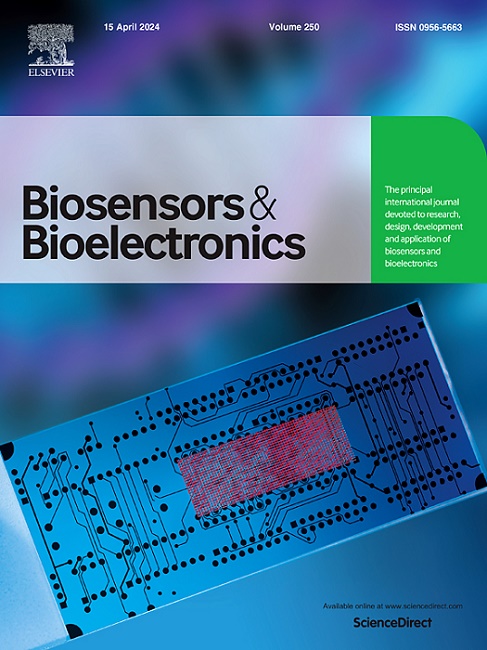High-throughput and multimodal profiling of antigen-specific T cells with a droplet-based cell-cell interaction screening platform
IF 10.7
1区 生物学
Q1 BIOPHYSICS
引用次数: 0
Abstract
Identifying antigen-specific T cells from tumor-infiltrating lymphocytes is essential for designing effective T cell immunotherapies. Traditional methods can detect antigen-specific T cells but struggle with high-throughput screening and multimodal profiling simultaneously. To address this issue, we developed DropCCI, a new strategy that transfers antigen information to co-incubated T cells for high-throughput, non-contaminated multimodal profiling. In DropCCI, droplets encapsulated DNA barcodes and antigen-loaded antigen-presenting cells (APCs), while click chemistry-modified T cells were injected into these droplets to capture free barcodes and acquire the corresponding antigen information. Following cell-cell interaction, APCs were removed via streptavidin-biotin conjugation, to prevent contamination. The resulting T cells underwent single-cell omics sequencing for comprehensive profiling of their antigen specificity, transcriptome, and genomics accurately. This click-chemistry method allowed detection of antigen-specific T cells without lysing APCs, avoiding cross-cell contamination and enabling low-noise multimodal profiling of primary T cells. With a completion time within 12 h and no requirement for complex equipment, DropCCI provides unbiased single-cell sequencing results that offer a comprehensive understanding of anti-tumor T cell responses. The concept of DropCCI holds great promise not only for advancing the field of T cell immunotherapy but also for its potential application in studying other cell-cell interactions.
利用基于液滴的细胞-细胞相互作用筛选平台对抗原特异性 T 细胞进行高通量和多模式分析。
从肿瘤浸润淋巴细胞中识别抗原特异性 T 细胞对于设计有效的 T 细胞免疫疗法至关重要。传统方法可以检测抗原特异性 T 细胞,但难以同时进行高通量筛选和多模态分析。为了解决这个问题,我们开发了一种新策略--DropCCI,它能将抗原信息传递给共孵育的T细胞,以进行高通量、无污染的多模态分析。在 DropCCI 中,液滴封装了 DNA 条形码和装载抗原的抗原递呈细胞(APC),而点击化学修饰的 T 细胞被注入这些液滴,以捕获游离的条形码并获取相应的抗原信息。细胞-细胞相互作用后,通过链霉亲和素-生物素连接去除抗原递呈细胞,以防止污染。得到的 T 细胞经过单细胞全息测序,可准确地全面分析其抗原特异性、转录组和基因组学。这种点击化学方法可以在不裂解APC的情况下检测抗原特异性T细胞,避免了交叉细胞污染,实现了原代T细胞的低噪声多模式分析。DropCCI 的完成时间不超过 12 小时,无需复杂设备,可提供无偏见的单细胞测序结果,从而全面了解抗肿瘤 T 细胞的反应。DropCCI的概念不仅为推进T细胞免疫疗法领域的发展带来了巨大希望,而且还有可能应用于其他细胞-细胞相互作用的研究。
本文章由计算机程序翻译,如有差异,请以英文原文为准。
求助全文
约1分钟内获得全文
求助全文
来源期刊

Biosensors and Bioelectronics
工程技术-电化学
CiteScore
20.80
自引率
7.10%
发文量
1006
审稿时长
29 days
期刊介绍:
Biosensors & Bioelectronics, along with its open access companion journal Biosensors & Bioelectronics: X, is the leading international publication in the field of biosensors and bioelectronics. It covers research, design, development, and application of biosensors, which are analytical devices incorporating biological materials with physicochemical transducers. These devices, including sensors, DNA chips, electronic noses, and lab-on-a-chip, produce digital signals proportional to specific analytes. Examples include immunosensors and enzyme-based biosensors, applied in various fields such as medicine, environmental monitoring, and food industry. The journal also focuses on molecular and supramolecular structures for enhancing device performance.
 求助内容:
求助内容: 应助结果提醒方式:
应助结果提醒方式:


